-

New Zealand's Marine Realm
News article06 June 2017NIWA has transformed 1.5 million square kilometres of data into the most accurate and detailed map yet of the land underneath the sea around New Zealand. -

Tuna - age and methods of ageing
Knowing the age (i.e. proportion of young vs. old) of eels in an eel population provides an understanding of how fast they grow and may give an indication of the pressures faced by tuna in a particular environment or habitat. -

Population modelling software
Casal2 is an advanced software package developed by NIWA for modelling the population dynamics of marine species. -
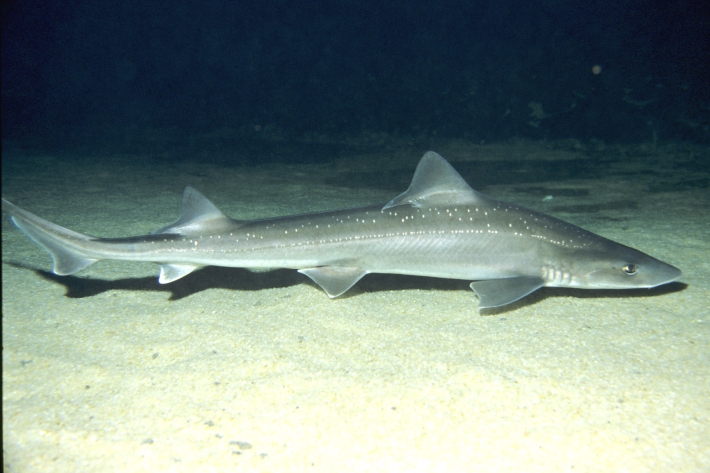
Rig shark
Research ProjectRig shark is an important inshore commercial fish species in New Zealand, and we need to understand more about their habitats, movements, nursery grounds and vulnerability to human impacts to ensure they are managed sustainably and their productivity is enhanced. -
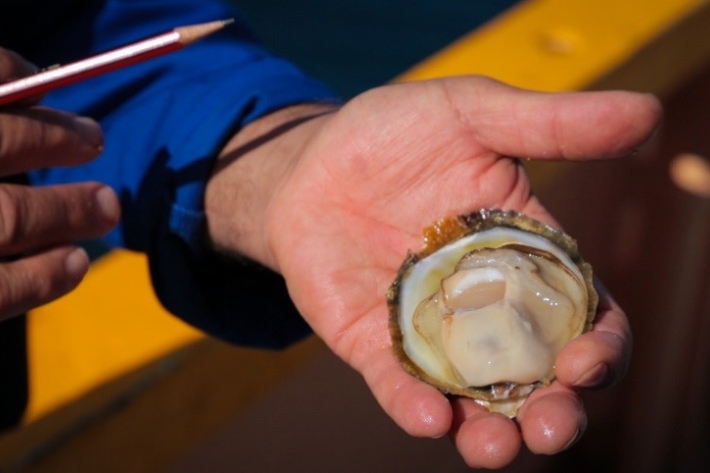
Questions and answers about oyster disease Bonamia ostreae
Media release06 June 2017NIWA is today issuing some scientific information on the parasite Bonamia ostreae, recently discovered in Big Glory Bay, Stewart Island, and the risk it poses to the Bluff oyster fishery. -

Tuna - commercial fisheries
In export terms, the commercial eel fishery in New Zealand began in earnest in the 1960s and expanded rapidly until the early 1970s, peaking at slightly over 2,000 t (tonnes) in 1972. -
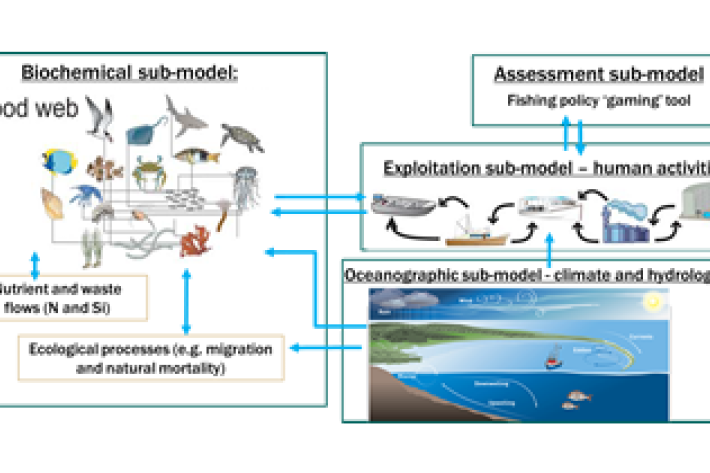
Atlantis ecosystem model
Atlantis is a 3D, spatially-explicit, trophodynamic ecosystem model that integrates biology, physics, chemistry and human impacts to provide a synoptic view of marine ecosystem function. -

Tuna - solutions: upstream passage for elvers at large barriers
Instream structures such as hydroelectric dams may act as barriers to fish migration, and have the ability to alter the ecological connectivity of freshwater environments. -
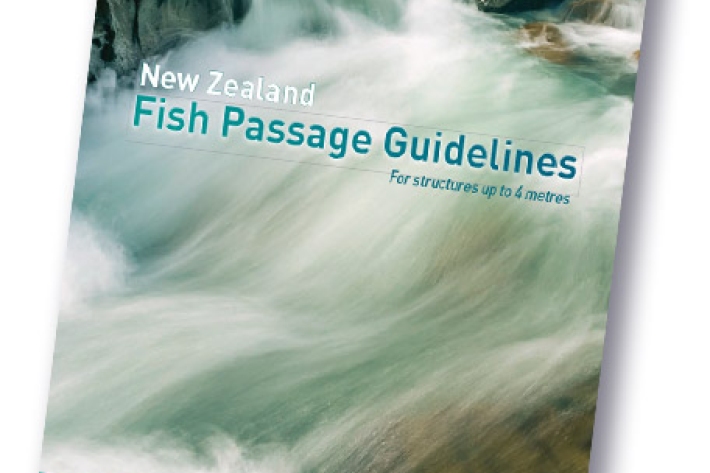
New Zealand fish passage guidelines
Research ProjectThe New Zealand Fish Passage Guidelines sets out recommended practice for the design of instream infrastructure to provide for fish passage. -
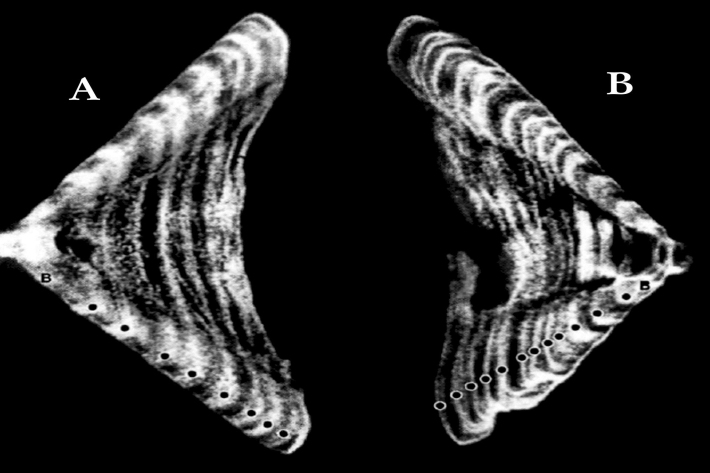
Determining the age of fish
Research ProjectNIWA expends considerable effort on determining the age of commercial fish species. But why age a fish? And how do we do it? -
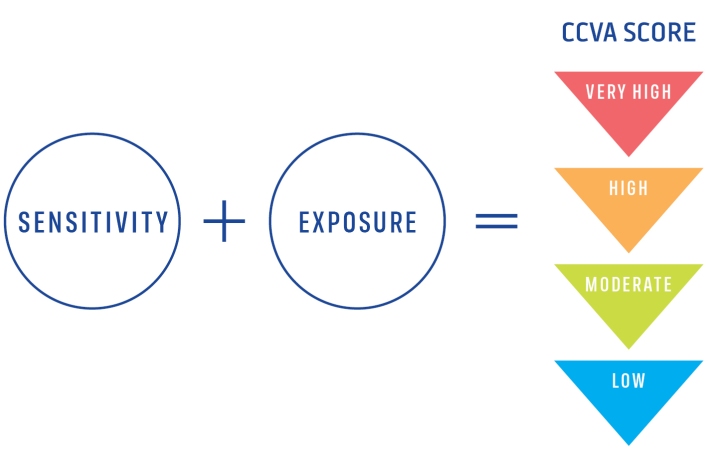
Climate Change Vulnerability Assessment (CCVA)
ServiceTo prepare for changes in climate, our freshwater and oceans decision-makers need information on species vulnerability to climate change. -

Summer Series 5: Paua is a summer delicacy. Dig deep for the blackfoot sea snail!
News article06 June 2017
